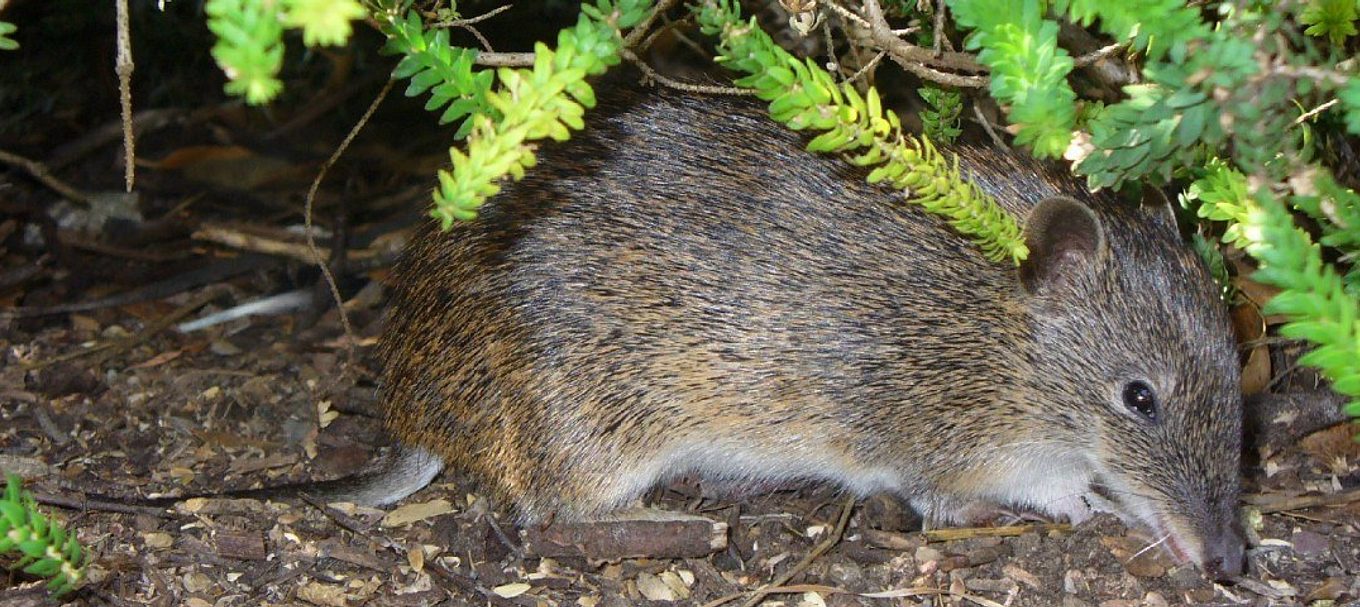
How southern brown bandicoots are making a comeback
The last time endangered southern brown bandicoots were spotted in Kuitpo Forest Reserve, in South Australia, was the Ash Wednesday bushfires of 1983 – until now.
When bandicoot diggings were discovered in the forest last spring, it was suspected that they had returned to the reserve.
Infra-red motion sensor cameras were set up to take photos day and night, and the proof was soon in the pudding – photos were snapped of these elusive animals within a week.
Why is this important?
There were once eight bandicoot species in SA, but the southern brown bandicoot is now the only remaining species. Knowing where these creatures live is crucial to help protect them.
Information about the recent sightings will be used to manage the area, and a plan will be developed to improve surrounding habitat and link patches of remnant vegetation.
For instance, one of the bandicoots was photographed living in a blackberry bush – a declared weed which is often removed as part of park maintenance programs. To make sure this bandicoot isn’t left homeless, future removal of this weed will be carefully managed, to ensure that other suitable habitat is available before getting rid of it entirely.
Bandicoots have an important job to do and are described as ‘ecosystem engineers’ because they excel at digging, which is great for soil health.
The lowdown on bandicoots
These native mammals are often mistaken for rats, but there are a couple of notable differences.
While it might be hard to spot as they scurry past, try to take notice of their tails. Southern brown bandicoots have a short, thick tail, unlike rats which generally have a tail longer than their whole body.
Another feature that sets them apart is their long pointed snout, large rump and small, rounded ears, compared with rats which have long and slightly narrower ears, and a rounded nose.
Rats are also either black or brown, whereas bandicoot fur is brindled-coloured.
With just a 14-day pregnancy, bandicoot mothers have the shortest pregnancy of any mammal. In each litter they will have two to three babies, which they carry in pouches for about two months.
Depending on the sex, a bandicoot will grow to about 700 – 850 grams and live between two and three years.
You can tell if a bandicoot has been nearby – they leave cone-shaped excavations behind in the dirt after looking for fungi and insects.
What to do if you spot one
First, consider yourself lucky! Then, email your sighting to our threatened wildlife team. Include a photo if you can as this will help confirm the ID. While it might sound sombre, also send through any details you have about deceased bandicoot sightings too.
Protecting the southern brown bandicoots at Kuitpo is a joint project by our friends atNatural Resources Adelaide and Mount Lofty Rangesand Forestry SA. If you’re interested in learning more about these cute little critters, read our past blog about howprecious bandicoots are being protectedin other parts of the state too.
(Main image courtesy of Kirstin Abley)





